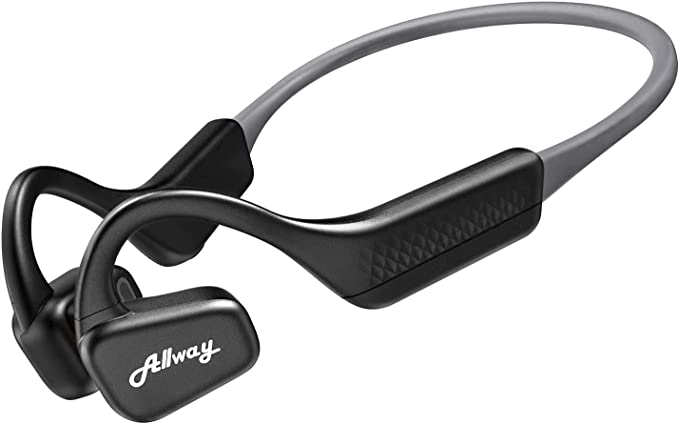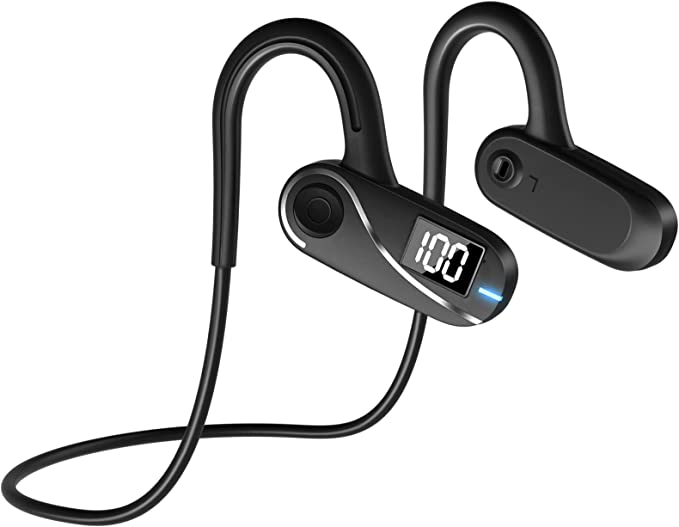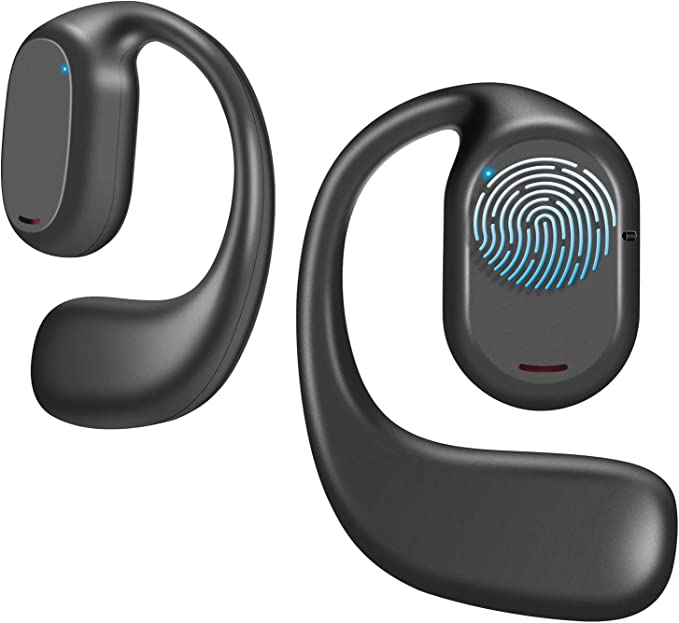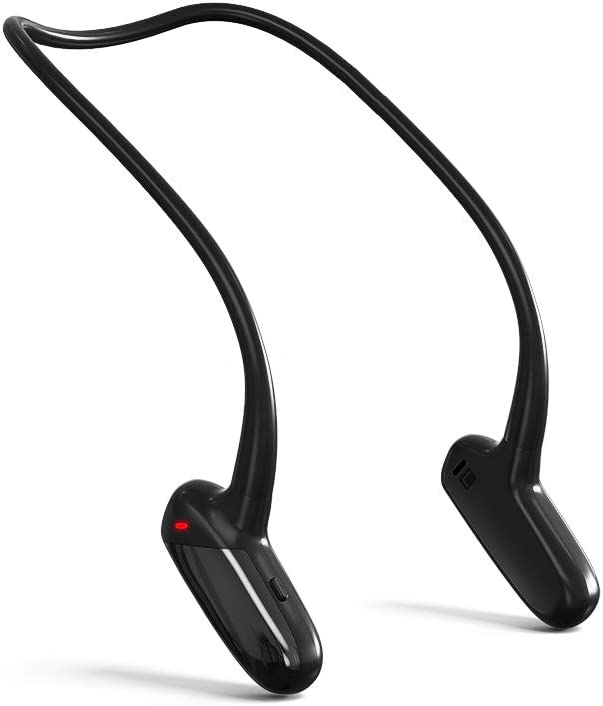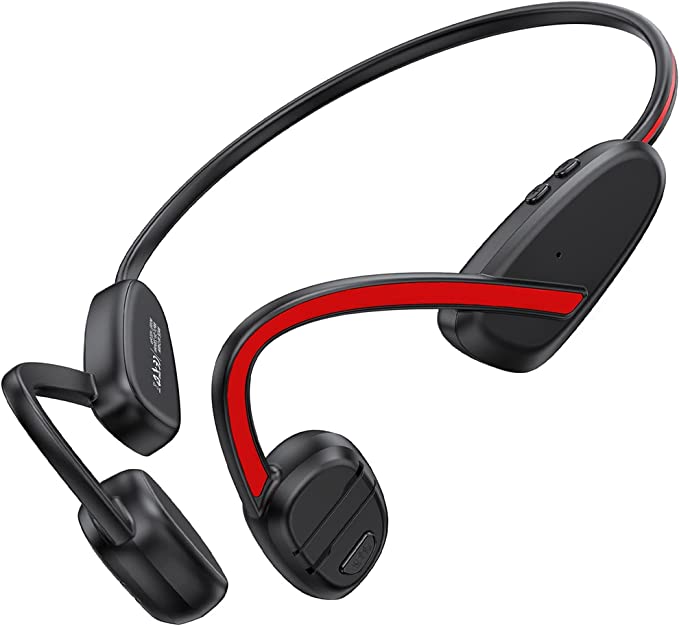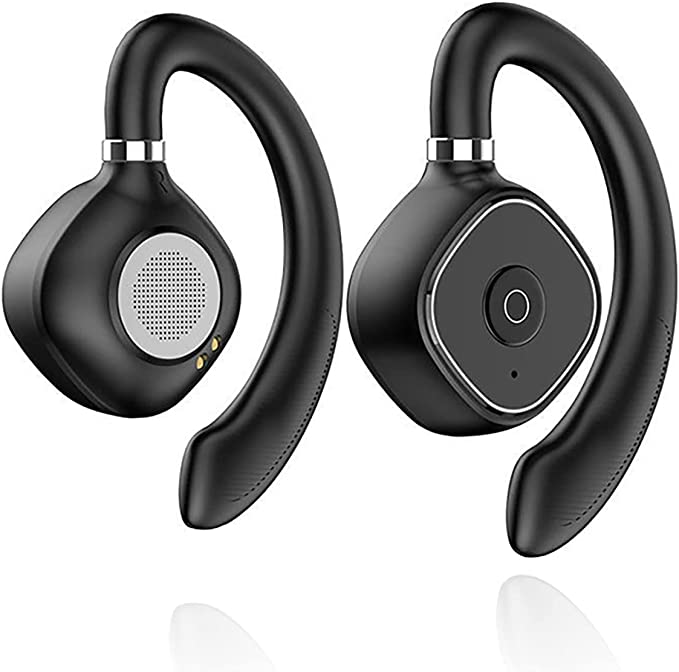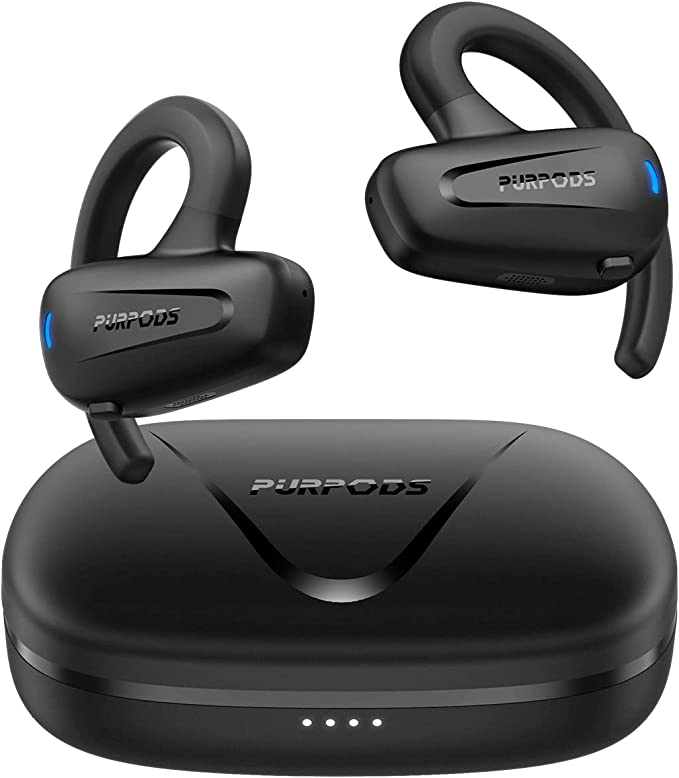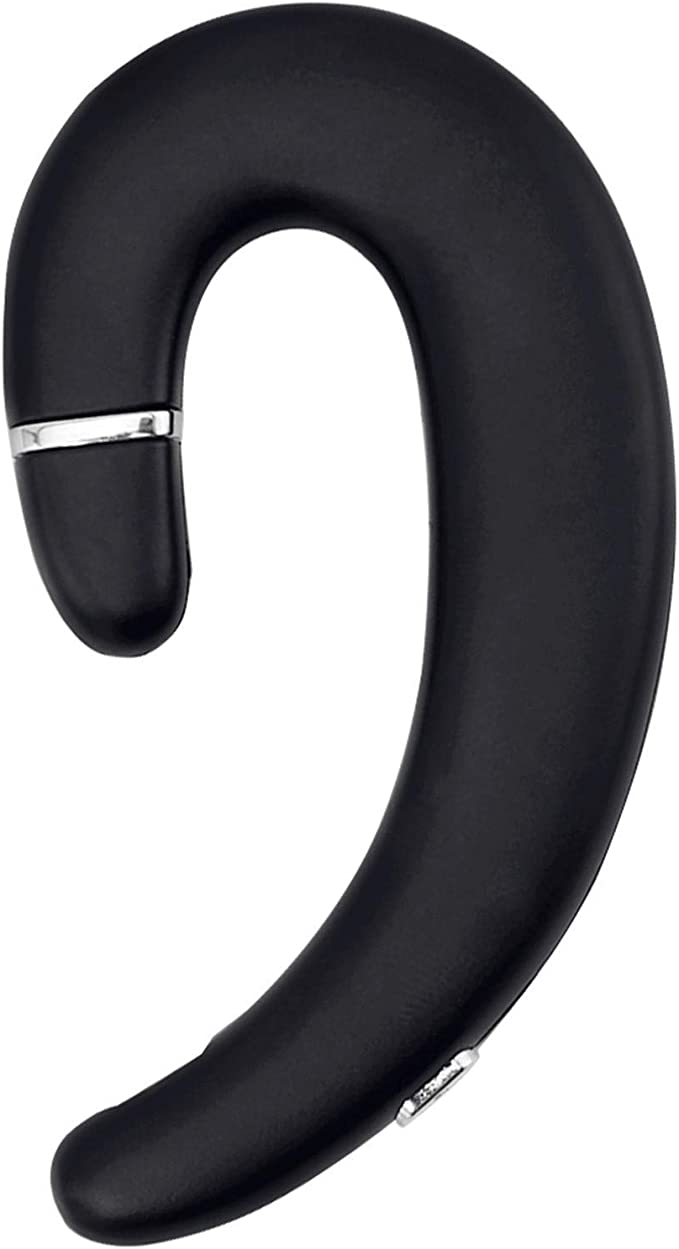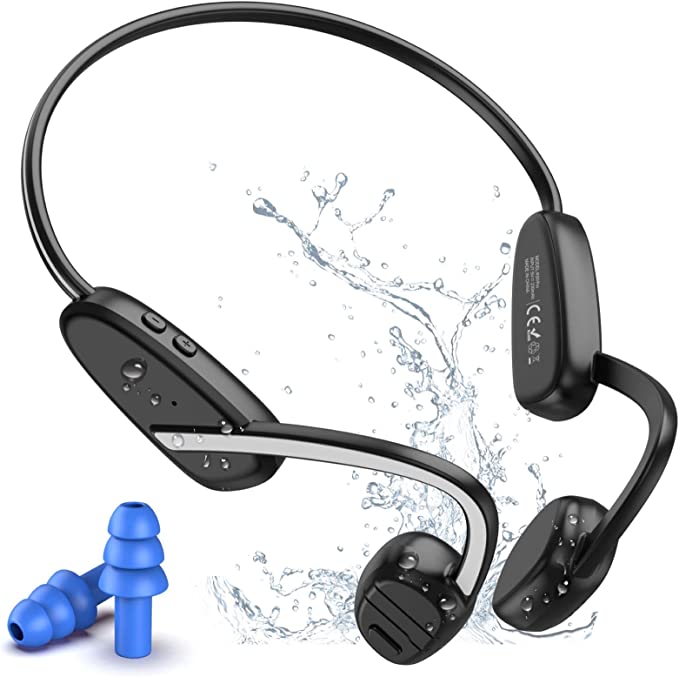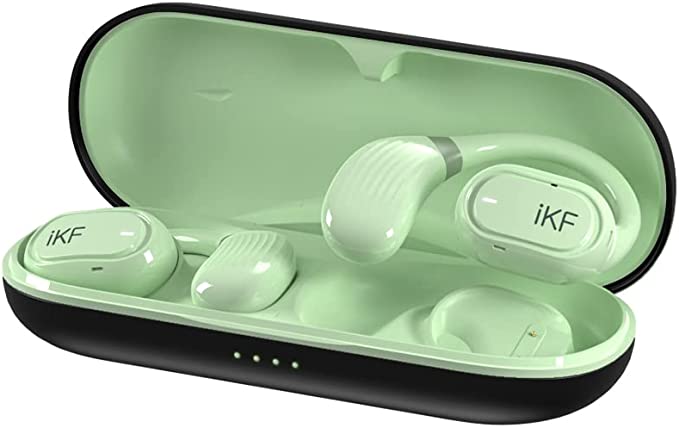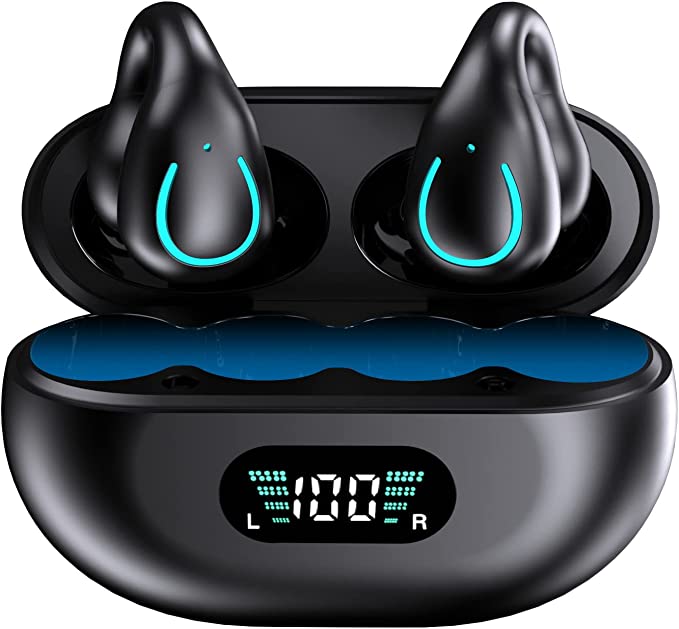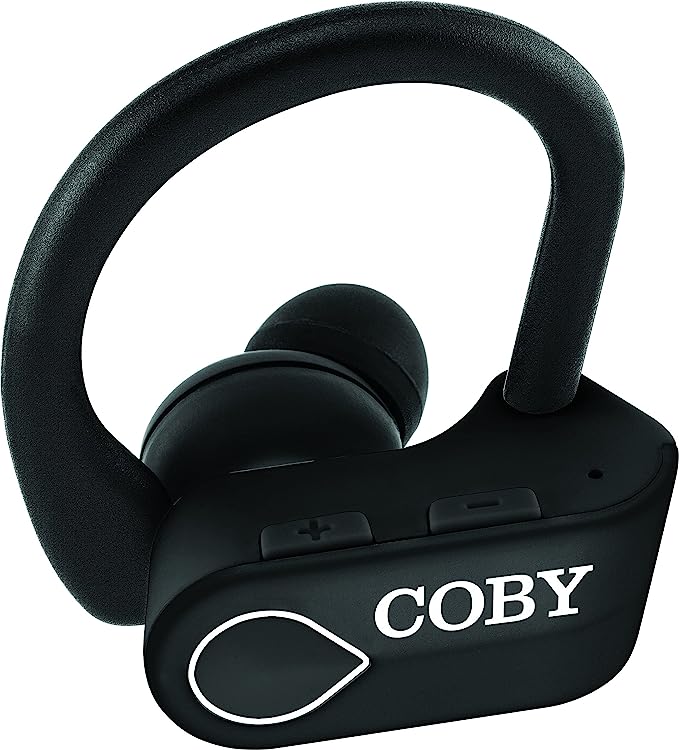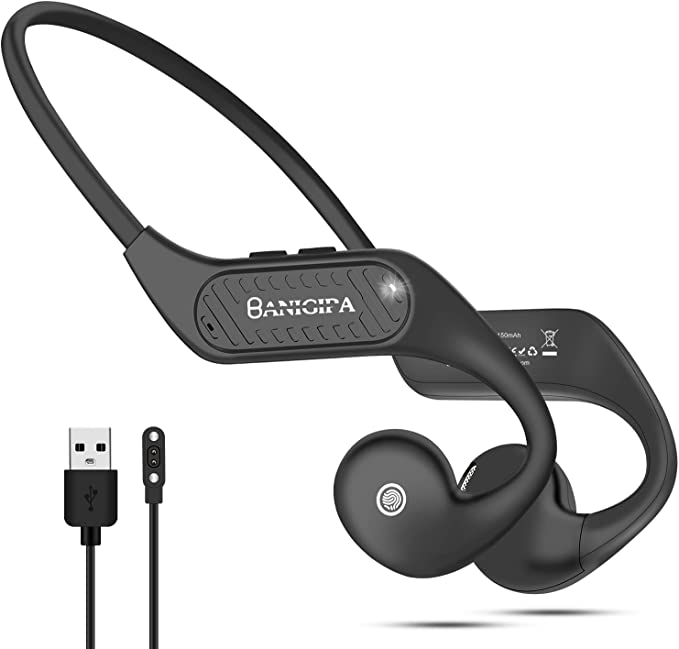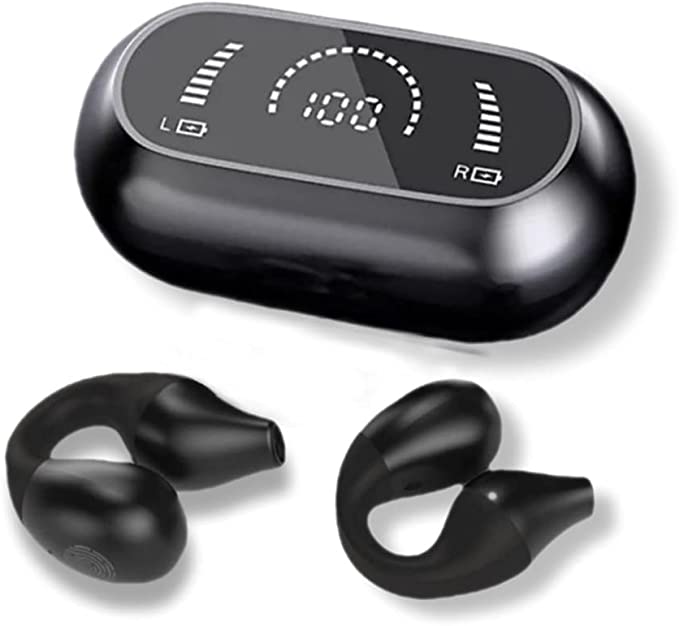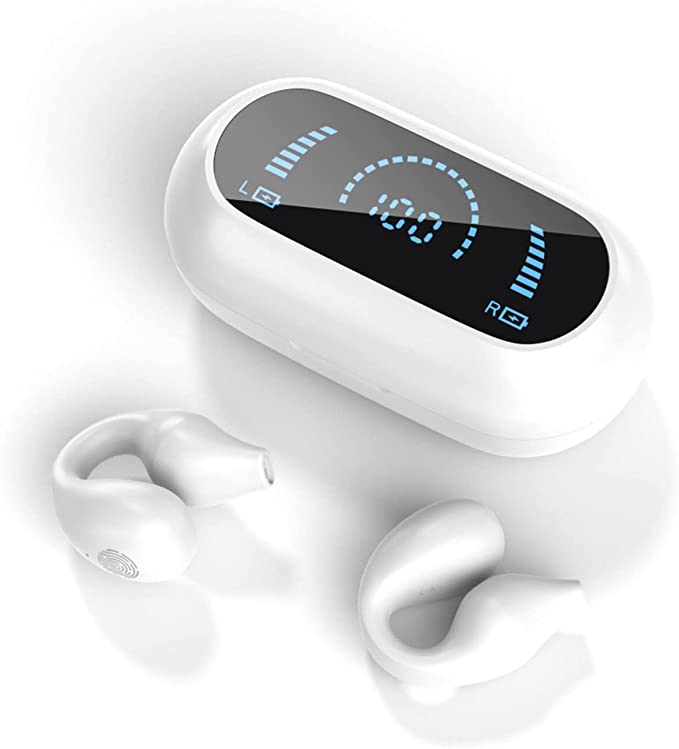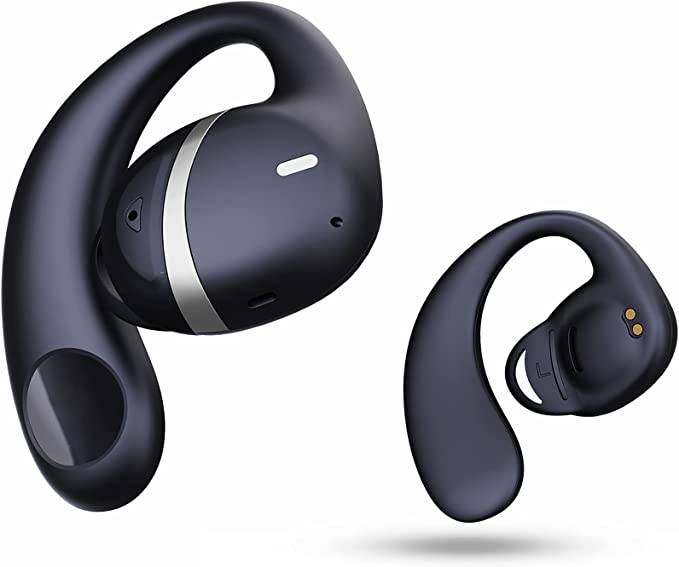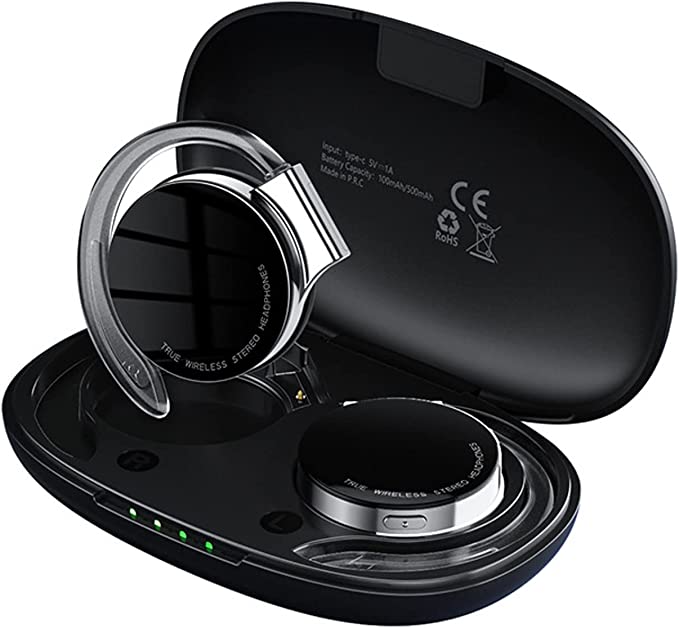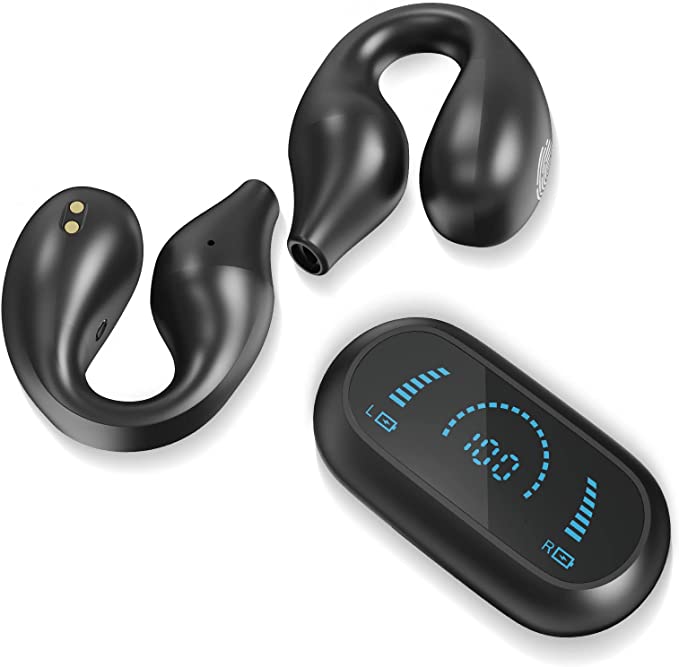FOLEY X50 Pro Bluetooth Headphones: The Perfect Companion for Outdoor Activities
Update on June 24, 2025, 12:45 p.m.
In an age where we’re constantly plugged in, a subtle shift is occurring in how we experience personal audio. The traditional quest for immersive isolation, once the pinnacle of headphone design, is now sharing the stage with a desire for integration – a way to enjoy our soundtracks while remaining fully attuned to the vibrant, unpredictable world around us. This isn’t just about hearing; it’s about experiencing. Enter the realm of open-ear headphones, a category where devices like the FOLEY X50 Pro Air Conduction Headphones are inviting us to listen differently. Let’s peel back the layers and explore the science, design, and philosophy behind this liberating approach to sound.

FOLEY X50 Pro: Deconstructing Open-Ear Freedom
First, let’s clarify a common point of confusion. When you hear “conduction” in the context of open-ear headphones, many minds jump to bone conduction technology, which transmits sound via vibrations through the skull. However, the FOLEY X50 Pro, as its name clearly states, utilizes Air Conduction technology. So, what does this mean? Instead of tiny speakers nestled deep within your ear canal or vibrating against your temporal bones, these headphones employ miniature, strategically-placed speakers that direct sound waves through the air towards your ear canal, leaving your ears themselves completely uncovered and unobstructed. Think of it as having your own personal, precisely aimed micro-sound system that doesn’t require you to seal off your connection to the ambient environment.
The sound experience, therefore, is inherently different. You’re not enveloped in a tight bubble of audio; rather, your music or podcast becomes a layer způsob, jakým to funguje, je, že to and your surroundings. This is all orchestrated wirelessly via Bluetooth 5.3. While the version number itself might seem like just another spec, Bluetooth 5.3 brings tangible benefits such as potentially more stable connections, improved power efficiency (which we’ll touch on later with battery life), and reliable transmission distances, with FOLEY claiming up to 10 meters for the X50 Pro. These are the invisible threads ensuring your audio flows smoothly, whether you’re mid-stride on a run or navigating a busy street.

Engineered for Life in Motion: Comfort, Durability, and Awareness
One of the most immediate and impactful aspects of any wearable technology is comfort, especially for devices intended for active use or extended wear. The FOLEY X50 Pro tips the scales at a mere 0.74 ounces (approximately 21 grams). To put that into perspective, it’s roughly the weight of four U.S. nickels. This featherlight characteristic is a cornerstone of its ergonomic design. The science is simple: less mass exerting pressure on your head and around your ears translates to significantly reduced fatigue over time. You’re more likely to forget you’re even wearing them, which is precisely the goal for a device meant to seamlessly integrate into your activities.

This barely-there feel is supported by a robust yet flexible architecture. The product information highlights a “silicon titanium alloy memory steel headband which supports 360° bending without deformation.” This isn’t just marketing jargon; it speaks to the material science at play. Silicone offers a soft, skin-friendly contact surface, while titanium alloys are renowned for their high strength-to-weight ratio and excellent corrosion resistance. The “memory steel” aspect implies an ability to return to its original shape after being flexed or twisted, promising durability against the tumbles and Stresses of an active lifestyle. This 360° flexibility isn’t just a party trick; it’s an engineering solution for a universal fit and long-term resilience.
For those who brave the elements or push their physical limits, the IP55 rating is a critical feature. “IP” stands for Ingress Protection, an international standard (IEC 60529) that classifies the degree of protection against solids (like dust) and liquids. * The first ‘5’ indicates the X50 Pro is dust protected, meaning that while not entirely impervious, any dust ingress won’t hamper its operation. * The second ‘5’ signifies protection against low-pressure water jets from any direction. In practical terms, this makes the headphones resistant to sweat during intense workouts and capable of handling light rain. They’re built for the grind, though it’s important to remember IP55 doesn’t equate to full waterproofing for submersion, so swimming is off the cards.
Perhaps the most profound benefit of this open-ear architecture, however, is the enhanced situational awareness it affords. By leaving your ear canals unobstructed, ambient sounds – a car approaching, a cyclist’s bell, a fellow runner’s greeting, or even the subtle rustle of leaves on a trail – can reach your eardrums naturally. This “sound of safety” is invaluable. It transforms the headphones from a mere audio accessory into a tool that allows for a more harmonious and secure interaction with your environment, particularly vital during outdoor sports or when navigating bustling urban landscapes.

Beyond the Sound Waves: Thoughtful Features and Real-World Considerations
The FOLEY X50 Pro is powered by a built-in 160mAh rechargeable Li-ion battery, with the manufacturer claiming around 8 hours of continuous playback or calls. An interesting detail is that this figure drops to approximately 6 hours if the “running breathing light” feature is active. This highlights how seemingly small ancillary features can draw power and affect overall longevity – a useful consideration when planning for longer excursions. Recharging is facilitated via a modern Type-C port, with a quoted fast charging time of 1-2 hours (the product information also narrows this to a more specific 1.5 hours in one section).
The product description also includes a noteworthy claim: it “keeps sound below 85dB, so can protect your hear.” This touches upon a crucial aspect of listening responsibly. Health organizations like the World Health Organization (WHO) and the National Institute for Occupational Safety and Health (NIOSH) often cite 85 decibels (dB) as a threshold above which prolonged exposure can increase the risk of noise-induced hearing loss. This manufacturer’s statement suggests an integrated volume limiter designed to prevent excessively loud output, a commendable consideration for long-term auditory health. However, without independent testing, the exact mechanism and its effectiveness remain a manufacturer claim.
Functionality extends to controls and a built-in HD microphone, allowing users to manage their audio playback, skip tracks, and handle calls without reaching for their phone. This hands-free capability is a staple for sports headphones, ensuring minimal interruption to your activity.
It’s also insightful to glance at early user reception, even if it’s a small sample. The Amazon product page for the FOLEY X50 Pro, at the time of data capture, showed a 3.8 out of 5-star rating based on 17 global ratings, and it was listed as “Currently unavailable.” Several “VINE VOICE” reviews (indicating reviews of free products, which can sometimes influence objectivity) provided a mixed bag of experiences. Some praised the comfort, ease of connection, and suitability for those who dislike in-ear buds. Others noted concerns about battery life not matching claims, low volume during calls, an insecure fit for some head shapes during vigorous movement, and average sound quality, particularly in the bass department. This kind of feedback, while not definitive, offers a snapshot of real-world experiences and highlights that comfort and fit can be subjective, and open-ear designs often involve certain audio trade-offs.

The Open-Ear Proposition: Who Is It For, and What Are the Trade-Offs?
The FOLEY X50 Pro, and open-ear air conduction headphones in general, are not trying to be everything to everyone. Their strengths lie in specific use cases. They are compelling for: * Athletes and Outdoor Enthusiasts: Runners, cyclists, and hikers who need to hear traffic, trail conditions, or other people for safety. * Commuters: Individuals navigating busy streets who want to enjoy audio without completely tuning out their surroundings. * Certain Work Environments: Office workers who wish to listen to music or podcasts but still need to be aware of colleagues or announcements. * Those Prioritizing Comfort: Users who find traditional in-ear or even on-ear headphones uncomfortable for long periods.
However, the “unsealed truth” about open-ear designs involves inherent audio trade-offs. Because the ear canal isn’t sealed, some sound energy, particularly lower frequencies (bass), can dissipate before reaching the eardrum, leading to a sound profile that might feel less impactful or “full” compared to closed designs. Sound leakage – where others nearby can hear what you’re listening to, especially at higher volumes – can also be a factor. These aren’t necessarily flaws but rather characteristics of the technology chosen to achieve openness and awareness.
Therefore, if your primary goal is critical music listening in a quiet environment, complete noise isolation for focus, or the deepest, most resonant bass, traditional closed-back or noise-cancelling headphones might still be your preferred choice.

Harmonizing Your Audio with Your World
The FOLEY X50 Pro Air Conduction Headphones, with their emphasis on air conduction, lightweight comfort, IP55 resilience, and the core promise of open-ear awareness, represent a thoughtful approach to personal audio. They serve as a reminder that technology can, and perhaps should, strive to enhance our interaction with the world rather than solely creating a barrier against it.
As the landscape of personal audio continues to evolve, devices like the X50 Pro challenge us to consider what we truly value in our listening experiences. Is it total immersion, or is it a harmonious blend of our personal soundscape and the symphony of life happening all around us? For those who lean towards the latter, open-ear technology offers a compelling and increasingly refined path forward.
